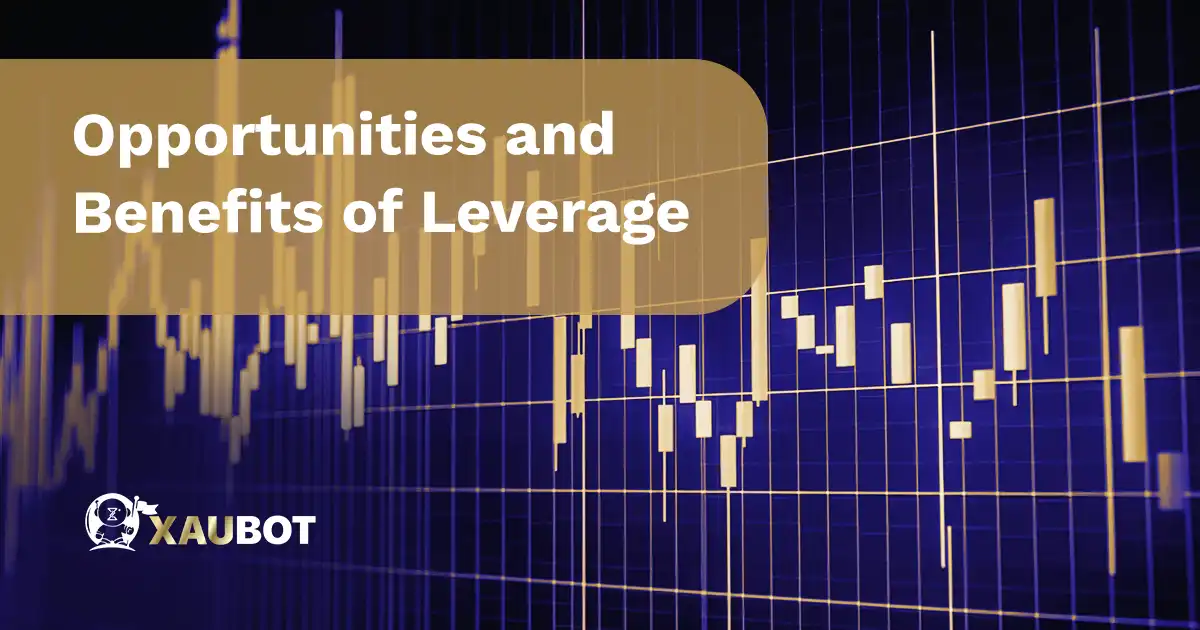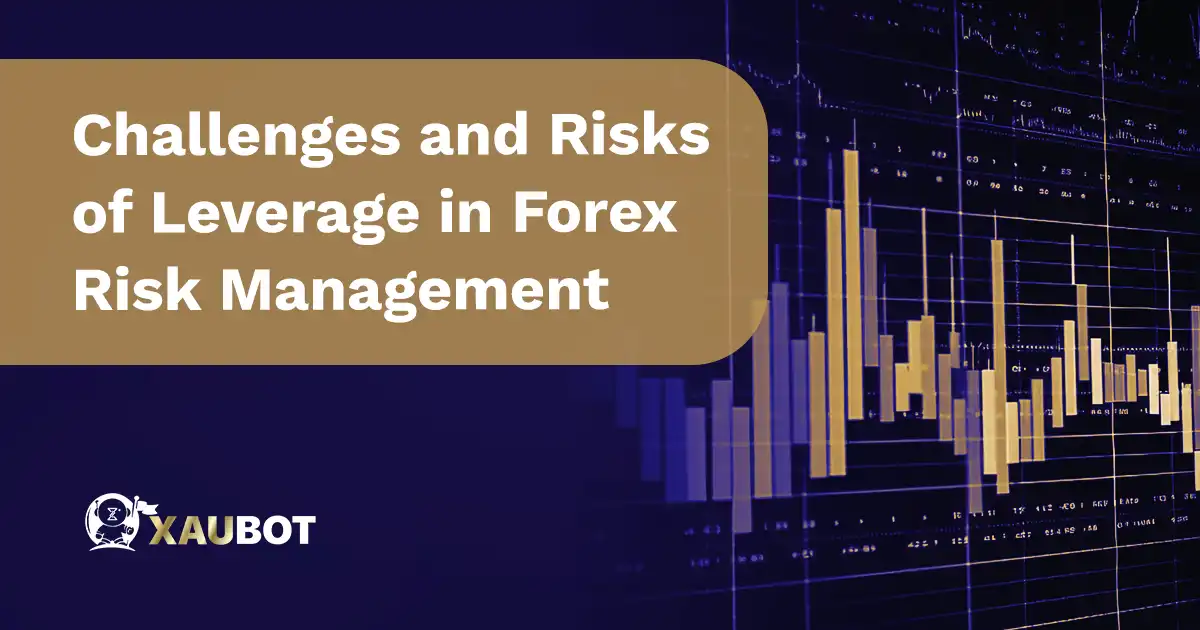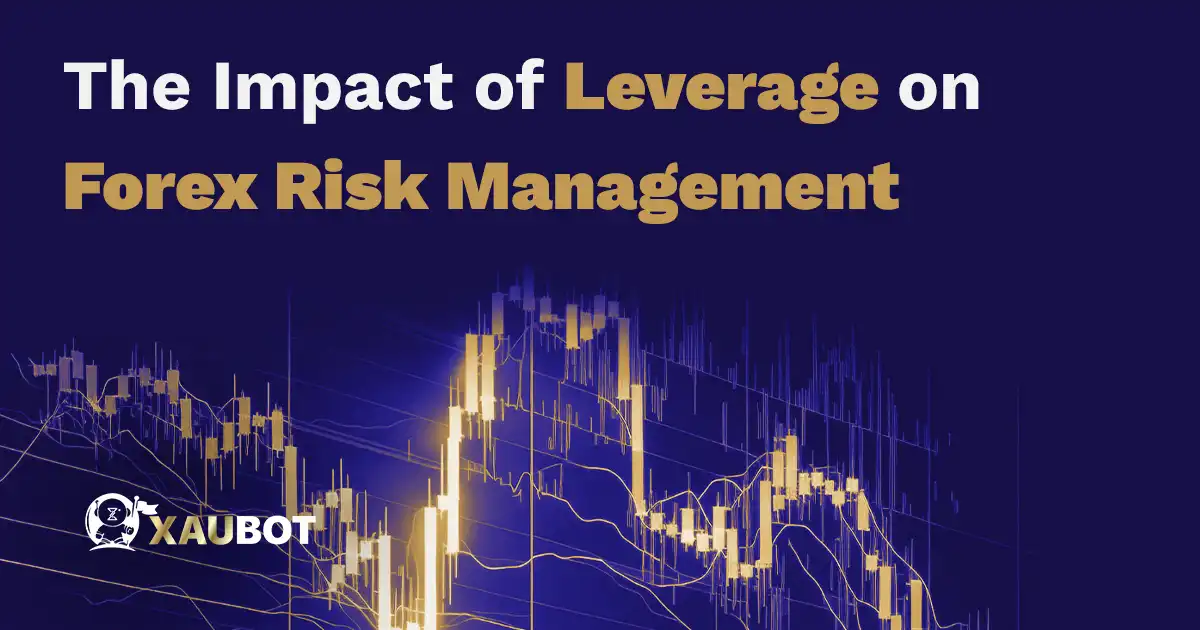Leverage is a crucial concept in forex trading that allows traders to increase their potential profits by borrowing money from brokers to invest in currency pairs. The use of leverage in forex trading can amplify gains, but it’s important to note that losses can also be magnified.
As a result, it’s crucial for traders to fully understand the risks and benefits of leveraging before using it as an investment strategy in forex trading. Understanding the background and significance of leverage in forex trading can help traders make informed decisions about their investments and minimize potential risks.
Studies on Leverage and its impact on Forex Risk Management
Extensive research has been conducted on the utilization of leverage in forex trading and its effects on investment results. Studies have shown that although leverage can lead to profits, it also amplifies risk and may lead to significant losses if not handled with care.
To prevent extensive losses, traders must assess the use of leverage thoughtfully and use risk management techniques. Additionally, it is crucial to keep track of market conditions and adjust leverage accordingly to maintain profitable investments. Understanding leverage and its influence on forex trading is essential for success in this market.
Margin trading and leverage ratios are two essential components of forex trading that require careful consideration and attention. While they may offer the potential for high profits, they also come with increased risks that traders must manage using effective risk management techniques. It is crucial to comprehend the relationship between margin trading and leverage ratio in order to make well-informed investment decisions and maintain profitability in forex trading.
By keeping a close eye on market conditions and adjusting leverage accordingly, traders can effectively minimize risks and optimize their returns.
Opportunities and Benefits of Leverage

- Amplifying Potential Return: To potentially amplify your return, it’s important to consider using leverage. However, it’s crucial to use it wisely and not overdo it. Before using leverage, make sure you understand the potential risks involved and have a solid understanding of how it works. By doing so, you can make informed decisions and potentially increase your returns while minimising your risks.
- Leveraged Trading and Portfolio Diversification: When investing, consider leveraging leverage to potentially increase your returns. However, it is critical to utilise it prudently and in moderation. Furthermore, diversifying your portfolio can help to reduce risks while potentially increasing returns. Before making any financial selections, it’s critical to understand both leveraged trading and portfolio diversification. This allows you to make more educated decisions and potentially get greater results from your investment strategy.
- Considering broader market opportunities: Consider using leverage in your investment strategy to gain access to broader market opportunities. Leverage allows you to potentially boost your returns by borrowing money to invest. However, it is critical to use leverage intelligently and not overdo it since it might raise the chance of loss. Furthermore, diversifying your portfolio can help reduce risks while potentially increasing profits, allowing you to capitalise on diverse market opportunities. Before making any financial decisions, it’s critical to understand both leveraged trading and portfolio diversification. This allows you to make more informed decisions and potentially achieve greater results with your investment strategy.
Challenges and Risks of Leverage in Forex Risk Management

- Volatility and exposure have increased: When considering investing, it is critical to be aware of the heightened volatility and vulnerability that particular techniques may entail. While leverage has the ability to improve profits, it also has the potential to increase risks and make your investments more susceptible to market volatility. Similarly, investing in a single firm or industry might result in increased exposure and significant losses if that company or industry encounters difficulties. To mitigate these risks, diversify your portfolio and choose a variety of investments across various industries and asset types. This can help balance risks and potentially boost long-term rewards.
- Risks of margin calls and liquidation: When investing, it is critical to be aware of the dangers involved with margin calls and liquidations. Margin calls occur when an investor’s margin account falls below a specific threshold, resulting in the sale of securities to meet the margin need. This could result in losses and the forced liquidation of your investments. To avoid margin calls and liquidation concerns, keep a close eye on your margin account and keep appropriate cash and securities on hand. Diversifying your portfolio can also help mitigate the impact of any potential losses.
- Emotional Influence and behavioural bias: It is critical to understand the emotional effects and behavioural biases that can influence investment decisions. Fear and greed are two typical emotions that can lead to rash decisions, such as panic selling during market downturns or pursuing high-risk ventures. Furthermore, behavioural biases like overconfidence and confirmation bias can cause investors to overlook critical information or make judgments based on incorrect assumptions. To avoid these dangers, it’s critical to stay objective and sensible when making investing decisions and to seek guidance from reputable sources.
Leverage and the Impact on Capital Preservation
- Considering drawdowns and margin requirements: When analysing your investment strategy, keep potential drawdowns and margin requirements in mind. Drawdowns are the percentage decreases in the value of your investment portfolio from its peak. Margin requirements, on the other hand, refer to the amount of collateral you must keep in your investing account to cover potential losses. You may make better educated investing decisions and prevent unnecessary risk by closely monitoring your portfolio’s drawdowns and margin requirements. Working with a trusted financial advisor can also help you manage the complexities of investing and ensure that your portfolio corresponds with your long-term financial goals.
- Risk and return objectives must be balanced: When it comes to investing, it is vital to balance risk and return objectives. One method is to closely monitor your portfolio’s drawdowns and margin requirements. This allows you to make more informed judgments about where to allocate your investments while avoiding unnecessary risk. Working with a trusted financial advisor who can help you evaluate your risk tolerance and design an investing strategy that corresponds with your long-term financial goals is also vital. Remember that investing always entails some risk, but with good planning and direction, you can attain your target return while carefully managing risk.
Leverage and Risk Management Strategies
- The Value of Stop-Loss Orders and Take-Profit Limits: The use of stop-loss and take-profit levels is a key part of investing that many people neglect. These techniques can help you limit your losses and lock in profits, and they are especially useful when trading in volatile markets or in highly leveraged positions. Setting stop-loss orders at strategic levels allows you to automatically exit a trade before losses become too big, while take-profit levels ensure that you don’t miss out on potential gains. Always assess your risk tolerance and investment goals before applying any trading methods, and seek the advice of an experienced financial advisor if you’re unclear how to proceed.
- Using the right position sizing: Another critical part of effective investing is adequate position sizing. You can limit the impact of any particular trader on your total returns by deciding the proper amount of capital to devote to each trade depending on your risk tolerance and overall portfolio. This can assist you in avoiding overexposure to any one asset or market, allowing you to maintain a more balanced and diversified investment strategy. Before applying any position sizing technique, examine your goals and seek the opinion of a financial advisor, just as you would with stop-loss orders and take-profit levels.
- Calculating risk-reward ratios: Setting risk-reward ratios is another crucial element of effective investing. You may make more educated decisions about where to deploy your capital by calculating the possible risks and rewards of each trade. This can help you establish a more balanced and lucrative long-term investment approach. Before implementing any precise risk-reward ratio, always seek the guidance of a financial professional and carefully assess your goals and risk tolerance.
Pitfalls and Lessons Learned
- In forex trading, leverage has a considerable impact on risk
- Using too much leverage will quickly deplete your trading account
- Stop-loss orders can help limit losses
- It is important to comprehend the hazards associated with leverage.
- Never take on more than you can afford to lose
- Carefully manage leverage and implement a solid risk management strategy to increase your chances of success in forex trading
